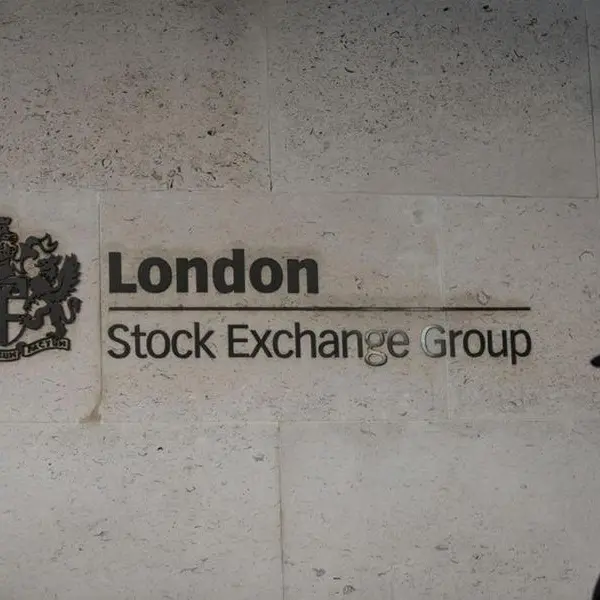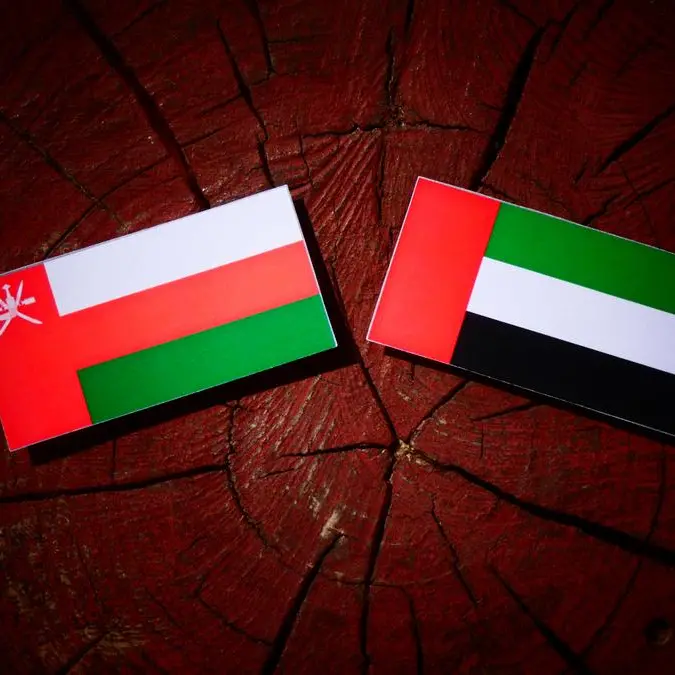Arab economies are expected to grow by 3 percent in 2015
In line with its continuous efforts to assist economic decision making process in Arab countries, the Arab Monetary Fund (AMF) has released the first edition of "Arab Economic Outlook" report. The report aims at providing policy makers with forecasting and analytical vision on the expected macroeconomic performance of the Arab countries in 2015, including economic growth, inflation, monetary policy, public finance and external sector. These expectations reflect the recent international, regional and domestic developments and the ongoing economic reforms in Arab countries.
The AMF expects Arab countries to grow by 3 percent in 2015. The "Arab Economic Outlook Report" indicates that the macroeconomic performance of Arab countries will be affected by number of factors in 2015, including the declining trend of international oil prices and the recent internal developments in some Arab oil-exporting countries. The international oil prices decreased by 60 percent in January 2015 compared to level registered in June 2014. Moreover, oil prices remained below 55 dollar/barrel during the first quarter of 2015. This decline is expected to affect the economic growth of Arab oil-exporting countries, which contribute around 78 percent of the total gross domestic product of the Arab economies in constant prices.
In this context, the AMF expects the economic performance to remain uneven across the region during the year. The economic growth for Arab oil-exporting countries is forecasted to reach 2.9 percent in 2015, compared to 3.7 percent in 2014.
The economies of the Gulf Cooperation Council (GCC) are expected to be less affected by the recent decline of oil prices compared to other Arab oil-exporting countries. This is due to the countercyclical fiscal policy adopted in these countries to mitigate the effect of the decline of oil prices, the expected strong performance of non-oil sectors stimulated by the robust public spending and the increasing levels of economic diversification in some of these countries. Collectively these factors will help GCC countries to achieve expected growth rate around 3.2 percent compared to 4 percent recorded in 2014. Whereas, other Arab oil-exporting countries expected to achieve 1.7 percent growth rate in 2015.
On the other hand, the Arab oil-importing countries are expected to achieve a higher growth pace in line with the relatively stable environment, and the expected positive impacts of the economic reforms that have been implemented in number of these countries during the last years. In addition, these countries will benefit from the declining trend of oil prices, which could partially enable some of these countries to increase spending on items strongly related to economic growth and would help these countries to contain internal and external economic imbalances. As a result, this group of countries is expected to witness a higher growth rate around 3.7 percent this year compared to 2.8 percent in 2014.
It is worth mentioning, that the Arab region still facing many economic challenges that hinder its ability to increase the potential output. These challenges include the relatively low economic growth rates which couldn't help Arab countries achieving a tangible decrease in unemployment which stood at a very high level, in addition to the internal developments in some Arab countries and slow pace of implementing economic reforms.
With regard to price levels, the "Arab Economic Outlook" expects the inflation rates in Arab countries to decrease slightly from 4.27 percent in 2014 to 4.14 percent in 2015 in line with the declining trend of international oil and food prices. The effect of the declining in the international prices will be more recognized in the Arab countries with higher levels of food imports. On the other hand, some Arab countries will witness inflationary pressures due to the expected increase in the domestic demand and the rise in real estate sector. In addition, inflation rates are expected to increase during the year in some Arab countries reflecting the impact of the internal developments, which affect the supply chains and lead to interruption in the provision of basic goods.
Concerning monetary policy, the AMF expects a change in monetary policy stance in some Arab countries in 2015, for the first time in six years to reflect the international developments in this respect. Arab countries that adopted fixed exchange rate regimes are expected to start tightening monetary policy during the second half of 2015. The monetary policy stance in other Arab countries with more flexible exchange rate regimes is expected to remain relatively tight to contain pressures on domestic currencies either triggered by the expected increase in the US interest rate or due to some internal market conditions. Some other countries with flexible exchange rate regimes could ease monetary policy stance to stimulate economic activities and encourage credit to the private sector, which is still growing slightly.
On the public finance side, the Arab Economic Outlook report referred to the possible impacts of declining oil prices on the public budget of Arab countries. The budget deficit of the Arab countries as a group is expected to increase, from its low level, from 1 percent to reach 7 percent in 2015. It is worth noting that, while the decrease in oil prices would reflect negatively on the public finance situations in Arab oil-exporting countries, it would benefit oil-importing countries, as it will avail some financial resources that could be used to stimulate economic growth in some countries of this group.
Finally, the AMF expects that the external sector of the Arab oil-exporting countries to be affected by the decline in the oil prices which began with the end of the last year, while the sluggish recovery of the Euro zone would affect the performance of Arab oil-importing countries exports. On the other hand, the report expects an increase in receipts of investments income due to the anticipated increase in US interest rate. As a result the report expects that the surplus of the current account recorded, in Arab countries as group last year, to switch into deficit of $131.8 billion dollars in 2015 representing 4.5 percent of GDP.
© Press Release 2015










